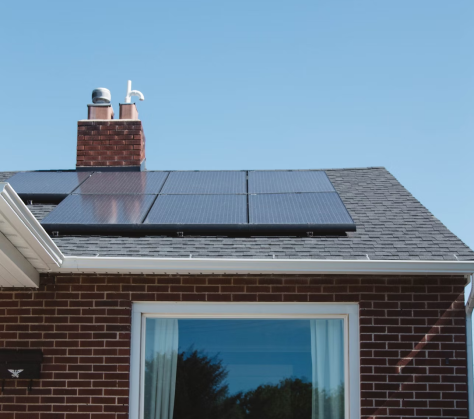Early beginnings of solar power: when were solar panels invented?
The early beginnings of solar power can be traced back to the 19th century, when scientists discovered the photovoltaic cell effect – the first solar cell. This effect occurs when certain materials, such as selenium, are exposed to light and generate an electric current. While this discovery was interesting, it would take several decades for scientists to fully understand the potential of this technology from solar radiation.
Inventing the first solar panel: who invented solar panels?
When was the solar panel invented? Who invented solar panels? In 1883, Charles Fritts invented the first solar panel by coating a thin layer of selenium with a similarly thin layer of gold, resulting in cells that had a conversion electrical efficiency of approximately 1%. Fritts’ invention sparked a movement focused on solar energy production.
The value of your Sydney home will increase
Access to government rebates to help cover the cost of your system
Greater independence and less reliance on your energy retailer
Breakthrough in creating practical solar cells
In 1954, Bell Labs scientists Daryl Chapin, Calvin Fuller, and Gerald Pearson made a breakthrough when they created the first practical solar cell. Their invention was made using silicon, a material that is still widely used in solar panels today. This cell was able to convert sunlight into electricity with an efficiency of around 6%, which was a significant improvement over previous attempts.
Advancements in solar panel technology in the 1970s and 1980s
Over the next few decades, research into solar panels continued to improve the technology. By the 1970s, solar panels were being used to power satellites, and in the 1980s, the first solar-powered calculators and watches hit the market. However, despite these early successes, solar power was still too expensive to be used on a large scale.
Solar power takes off in the early 2000s
It wasn’t until the turn of the 21st century that solar power really began to take off. In the early 2000s, several countries, including Germany, Spain, and the United States, began offering generous incentives for people to install solar panels on their homes. This led to a surge in demand for solar panels, which in turn drove down the cost of the technology.
Solar panels become much more affordable
By the mid-2000s, solar panels had become much more affordable, and the industry began to grow rapidly. In 2011, the world’s largest solar power plant was opened in the Mojave Desert in California. The plant, which covers an area of 1,000 acres and has a capacity of 392 megawatts, is capable of powering over 140,000 homes.
Solar panels used all around the world
Today, solar panels are used all around the world, from small residential installations to massive solar farms that generate electricity for entire cities. In Australia, the solar industry has experienced significant growth in recent years, with the country now home to some of the world’s largest solar farms and Australian-made solar panels.
Solar panels become a major economic driver
In addition to providing clean and renewable energy, solar panels have also become a major economic driver. The solar industry now employs thousands of people in Australia and generates billions of dollars in revenue each year. As the cost of solar panels continues to decrease and the demand for renewable energy grows, it is likely that the industry will continue to expand in the years to come.
Exciting developments for solar panels in the future
Where is solar energy used in Australia? Everywhere! Looking to the future, there are several exciting developments on the horizon for solar panels. Researchers are currently working on developing new materials, such as perovskites, that could significantly improve the efficiency of solar panels. These new materials could make solar power even more affordable and accessible to a wider range of consumers.
There is also a growing focus on energy storage technology, such as batteries, which could allow homes and businesses to store excess solar energy and use it during times when the sun isn’t shining. This technology could help to make solar power even more practical and reliable.
Where is solar energy used in Australia?
Solar energy is used extensively across Australia, with many homes, businesses, and industries relying on solar power to meet their energy needs. Australia-made solar panels are a popular choice among consumers, with a growing number of manufacturers producing high-quality panels that are suitable for the Australian climate. So, where is solar energy used in Australia? Solar energy is particularly popular in regions such as Queensland, Western Australia, and South Australia, where the abundance of sunlight makes it an ideal renewable energy source. Plus, large-scale solar farms are being developed across the country, helping to meet the growing demand for clean energy.
In conclusion, the history of solar panels is a story of innovation and perseverance. From the early discoveries of the photovoltaic effect to the development of efficient and cost-effective solar panels, the technology has come a long way. With the continued advancements in technology and the growing demand for renewable energy, the future of solar panels in Australia looks very bright indeed.

